Affiliate links on Android Authority may earn us a commission. Learn more.
HUAWEI Mate 10 and 10 Pro announced: Which one is the real flagship?
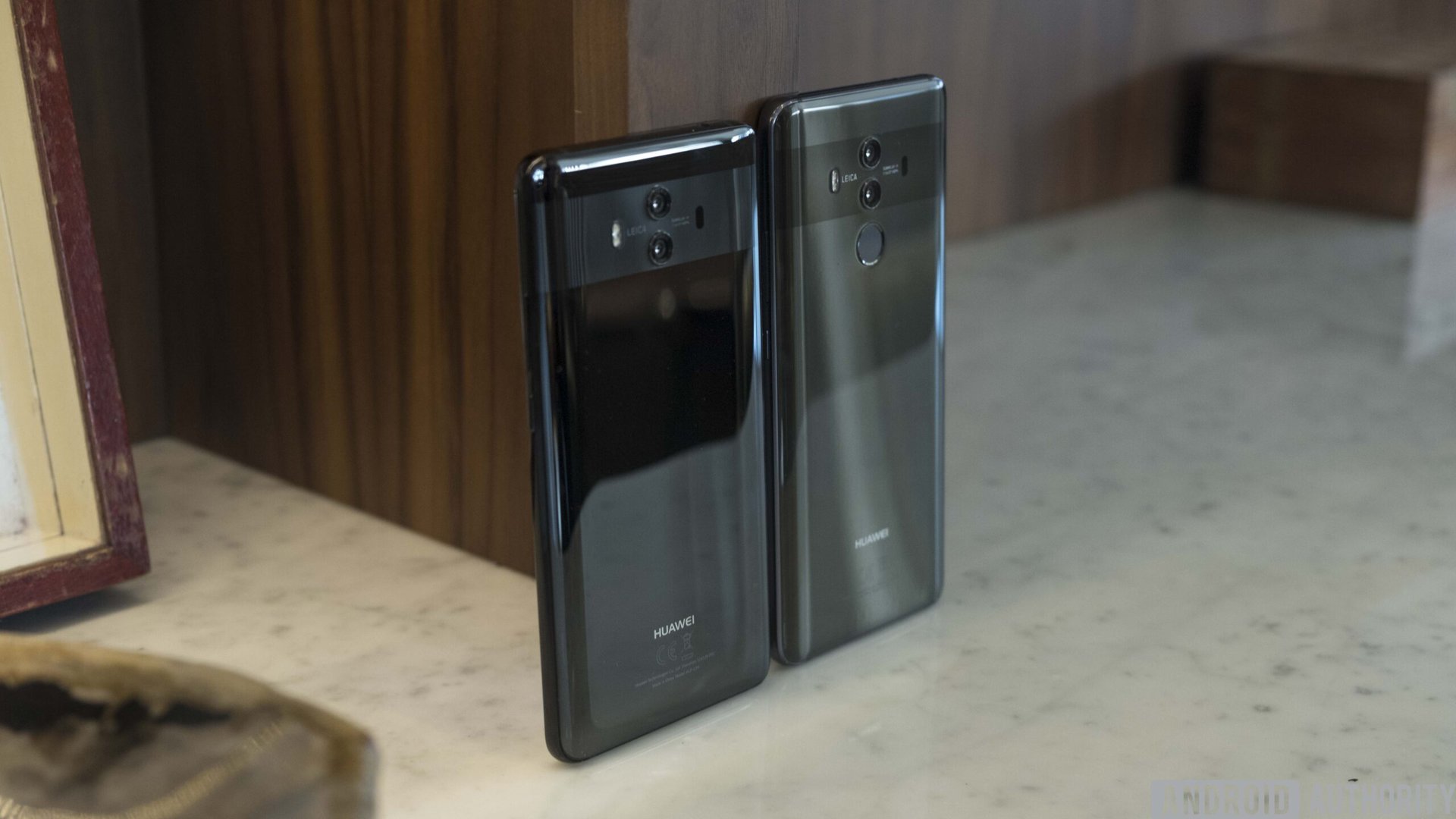
The HUAWEI Ascend Mate was met with fairly mixed reviews when it first debuted in 2013, but Huawei was really just getting started. With every iteration, the Mate line only grew stronger and more refined, both on the hardware and software fronts.
The new HUAWEI Mate 10 series arguably represents the biggest leap forward yet, following many of the same trends embraced by other leading handset makers this year, including Apple, Samsung, and LG.
The Mate 10, Mate 10 Pro, and Mate 10 Porsche Edition aren’t likely to garner the same kind of attention as devices like the Apple iPhone X or the Samsung Galaxy Note 8. Still, HUAWEI has brought a lot of great looking features to the table, to deliver what is likely one of the last big phone announcements of 2017.
Let’s jump in and take a closer look at the key details you need to know about the company’s new flagship smartphones.

Huawei’s design language – refined
The Mate 7, Mate 8, and Mate 9 all offered similar all-metal designs with centered fingerprint scanners on the rear, focusing on small improvements with each newer model. The Mate 10 series isn’t a dramatic departure from this philosophy, but it certainly shakes things up a little bit.
The Mate 10, Mate 10 Pro, and Mate 10 Porsche Design swap out metal for an all-glass construction. The Mate 10 even changes up the fingerprint scanner, placing it beneath the display’s bezel, though the other two models retain the center-rear position. Obviously, there are other refinements on the rear, including a new look for the dual camera setup. But it’s the front that really stands out, thanks to HUAWEI’s new display tech.
It’s worth noting that the Mate 10 Porsche Design is effectively an exact clone of the Mate 10 Pro, just with a slightly fancier design.
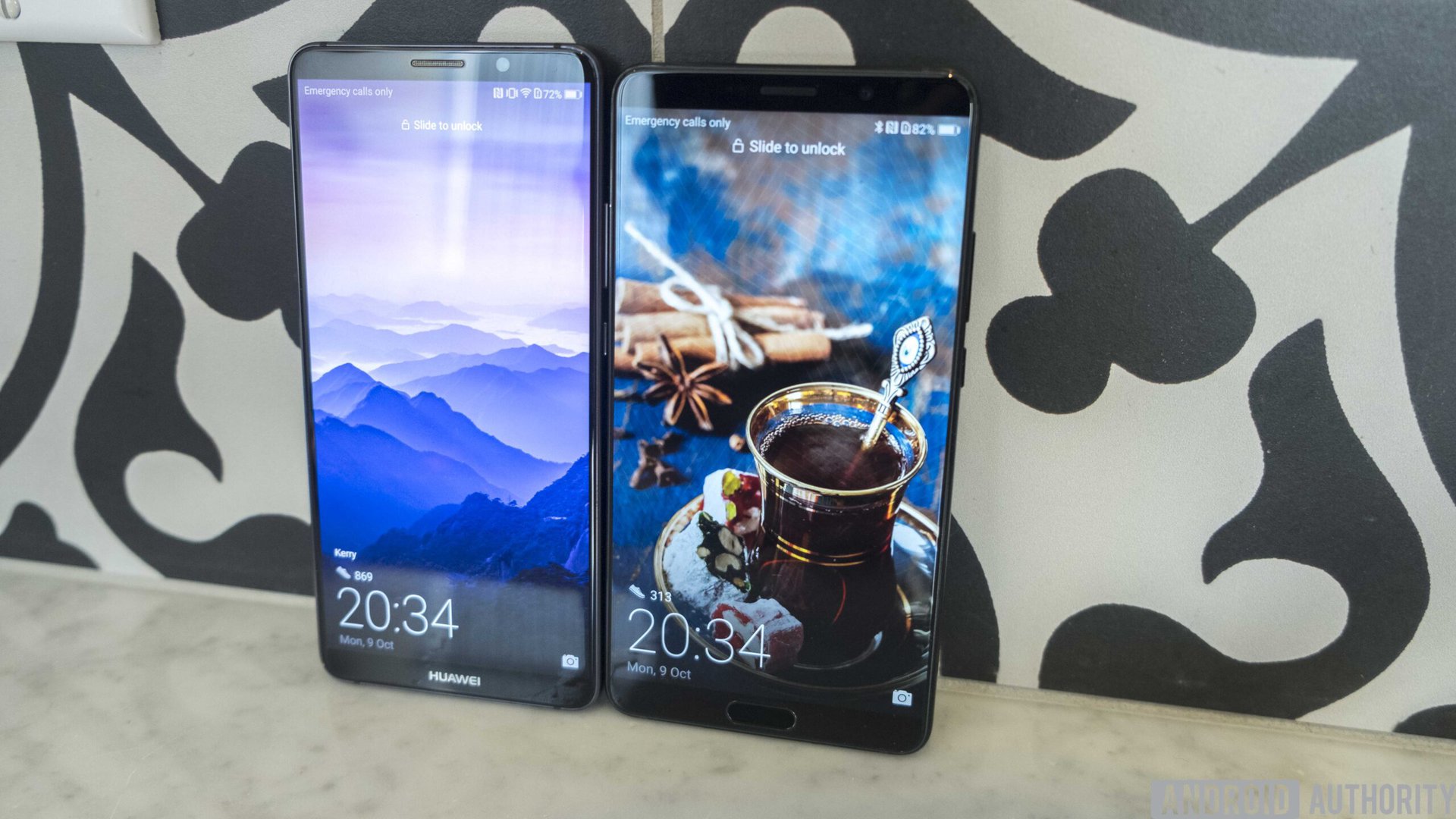
Huawei’s Mate 10 finally goes QHD. Mostly…
QHD has been the de facto standard for most flagships for the past few years, outside of Apple and a few Chinese phone makers. HUAWEI has been among the brands that have held off adopting QHD, with the Mate 9 Porsche Edition being the only Mate to offer a higher than 1080p display until now.
The HUAWEI Mate 10 offers a 16:9 display with a resolution of 2560 x 1440, which should offer one of the most beautiful display experiences ever seen on a HUAWEI device. However, HUAWEI isn’t totally giving up on 1080p.
The Mate 10 Pro and Mate 10 Porsche Design forgo QHD in favor of 6-inch OLED displays with 18:9 aspect ratios. The two handsets use what HUAWEI is calling “Full HD+”, at a resolution of 2160 x 1080. While this is a bit of an odd move, HUAWEI has a history of utilizing 1080p panels that look much better than you’d expect and the new HD+ displays are no exception.
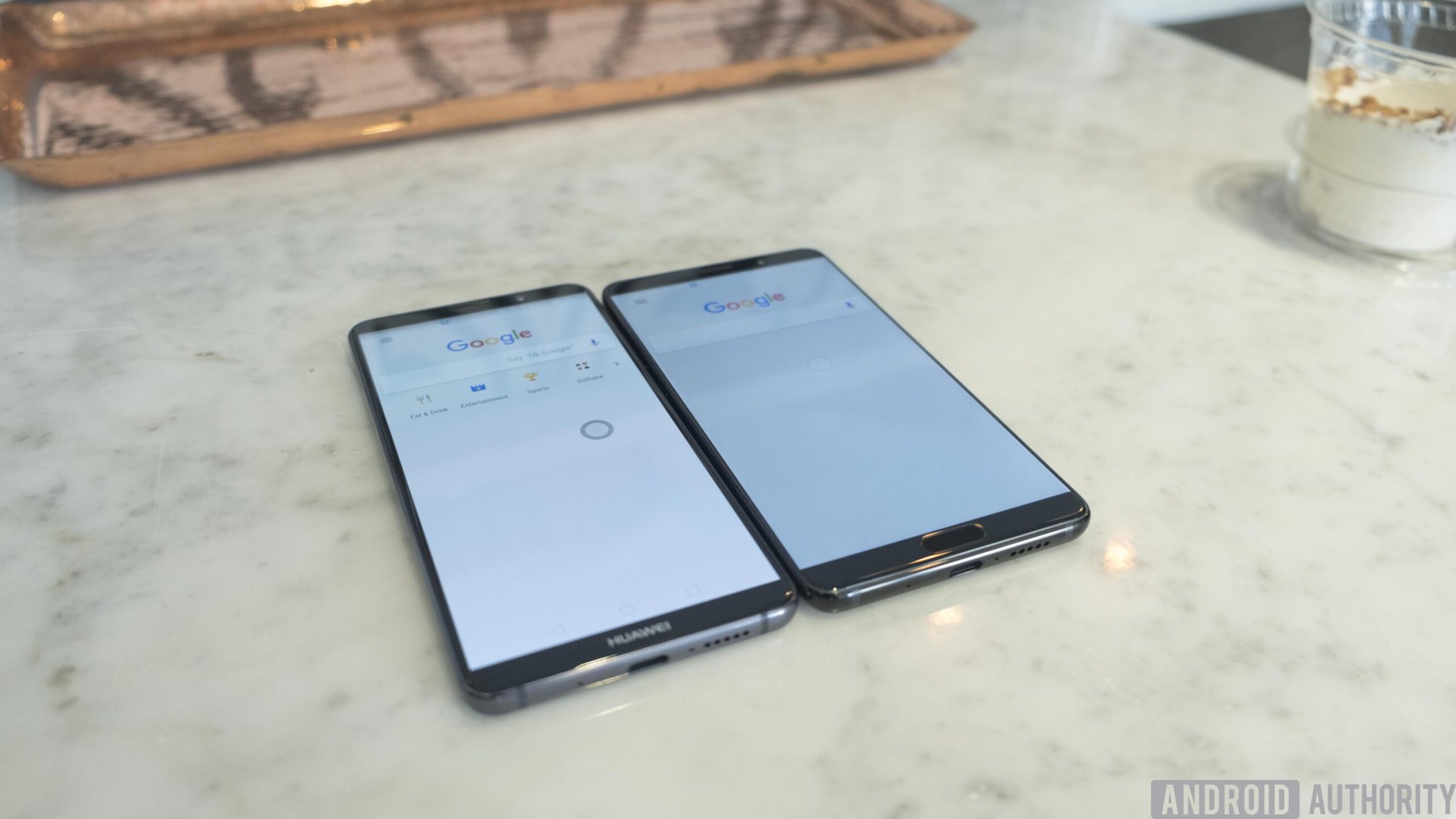
The core specs between the three handsets are largely the same
No matter which Mate 10 device you purchase, you’ll get a HUAWEI Kirin 970 processor, Mali-G72 MP12 GPU, a 4,000 mAh battery, the same 20 MP dual-camera Leica configuration, and the latest version of HUAWEI’s EMUI software.
Just like on the display front, the Mate 10 differs a bit from the Porsche Design and Pro models. While the PD and Pro have identical specs and just slightly different designs, the Mate 10 stands out in a few ways. First, only the Mate 10 has a 3.5 mm headphone jack and a microSD card slot.
The Mate 10 lineup is powered by the Kirin 970, but there are at least a few differences between the three handsets on offer.
While we are glad to see the Mate 10 retains a headphone jack and microSD slot, it is missing out the IP67 water and dust resistance found in its brothers. The Mate 10 Pro and Porsche Design also have more storage/RAM configurations with a 64GB/4GB RAM and 128GB/6GB RAM version. The Mate 10 only gives you the former option.
Overall, the on-paper specs for the Mate 10 series are certainly flagship worthy, but it’s the Kirin 970’s Neural Processing Unit (NPU) that HUAWEI hopes will truly set its flagship apart from the competition.
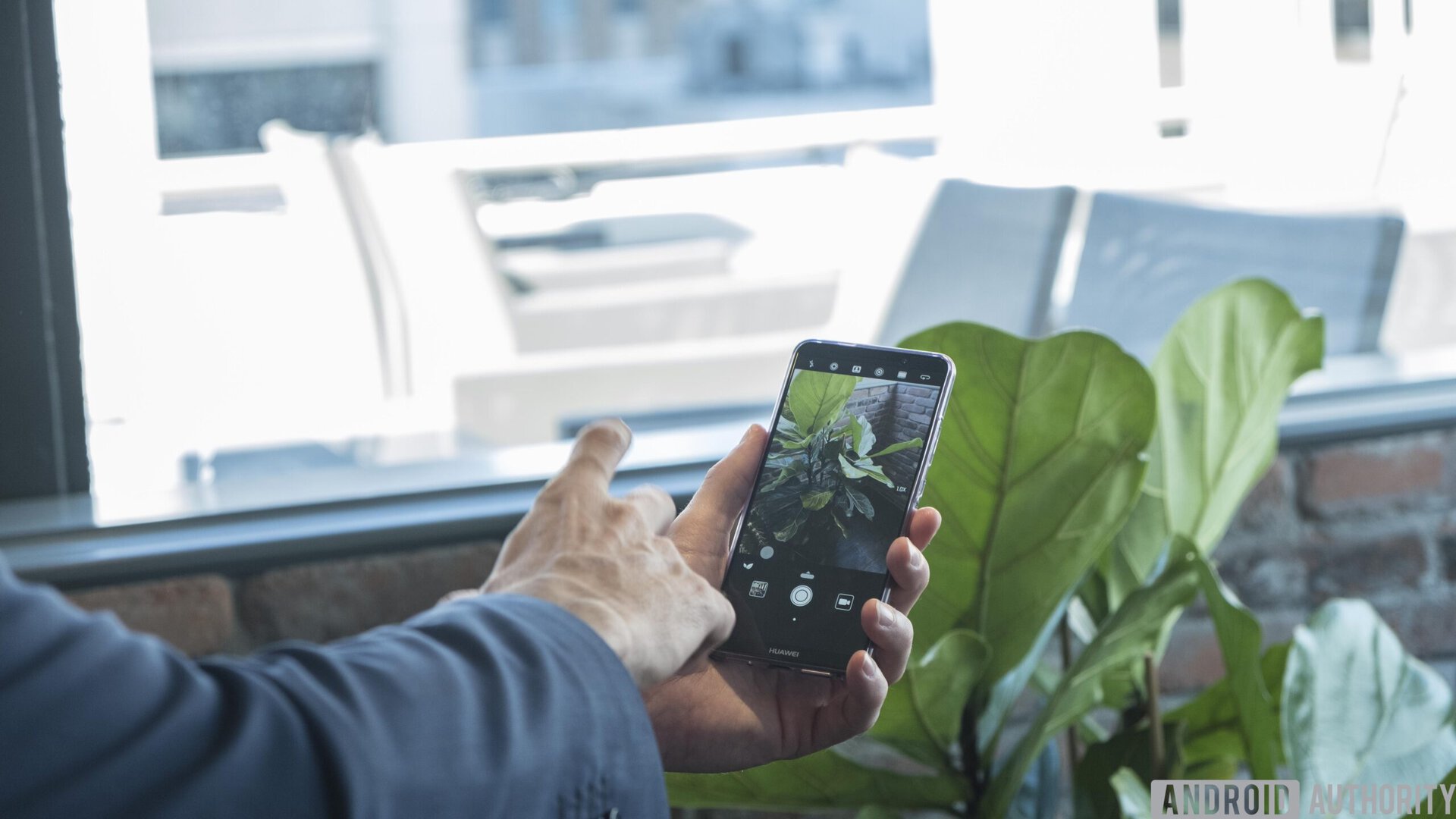
Artificial Intelligence is at the heart of the Mate 10 experience
Assistants and other AI improvements are all the rage these days, and HUAWEI is looking to capitalize on the trend. The NPU is designed to offer reportedly 25x better performance and 50x great energy efficiency on AI-related tasks compared to traditional four Cortex-A73 setups. Obviously we can’t verify that claim just yet, but we’re certainly intrigued.
So what does this mean when it comes to real life usage? In addition to faster responses when performing AI-related tasks, HUAWEI has a few specific tricks in mind including smart tips that will recognize user behavior and suggest solutions for improving your user experience. For example, if you’re reading in a dark environment, it’ll suggest that you turn Eye Comfort mode on.
HUAWEI hopes the Kirin 970’s Neural Processing Unit (NPU) will set its flagship apart from the competition.
HUAWEI also has an AI-driven translator experience in store for its users, thanks to the improvements in its NPU as well as a partnership with Microsoft to develop Bing Translator on top of the Kirin API.
The Translator app lets you translate text, as well as use the camera to translate objects and signs in real-time. There’s also support for Google’s TensorFlow Lite and Facebook Caffe2 frameworks, meaning your translation experience with the Mate 10 should be smooth regardless of your app preferences.
All of these AI features sound great, but the true shining star AI feature is found on the camera. Its new smart camera features allow the phone to recognize food, pets, landscapes, and then react to them by switching to the correct shooting mode. In other words, HUAWEI is using AI to help assist photographers of all skill levels, hopefully letting even the most amateur users take some truly stunning shots.
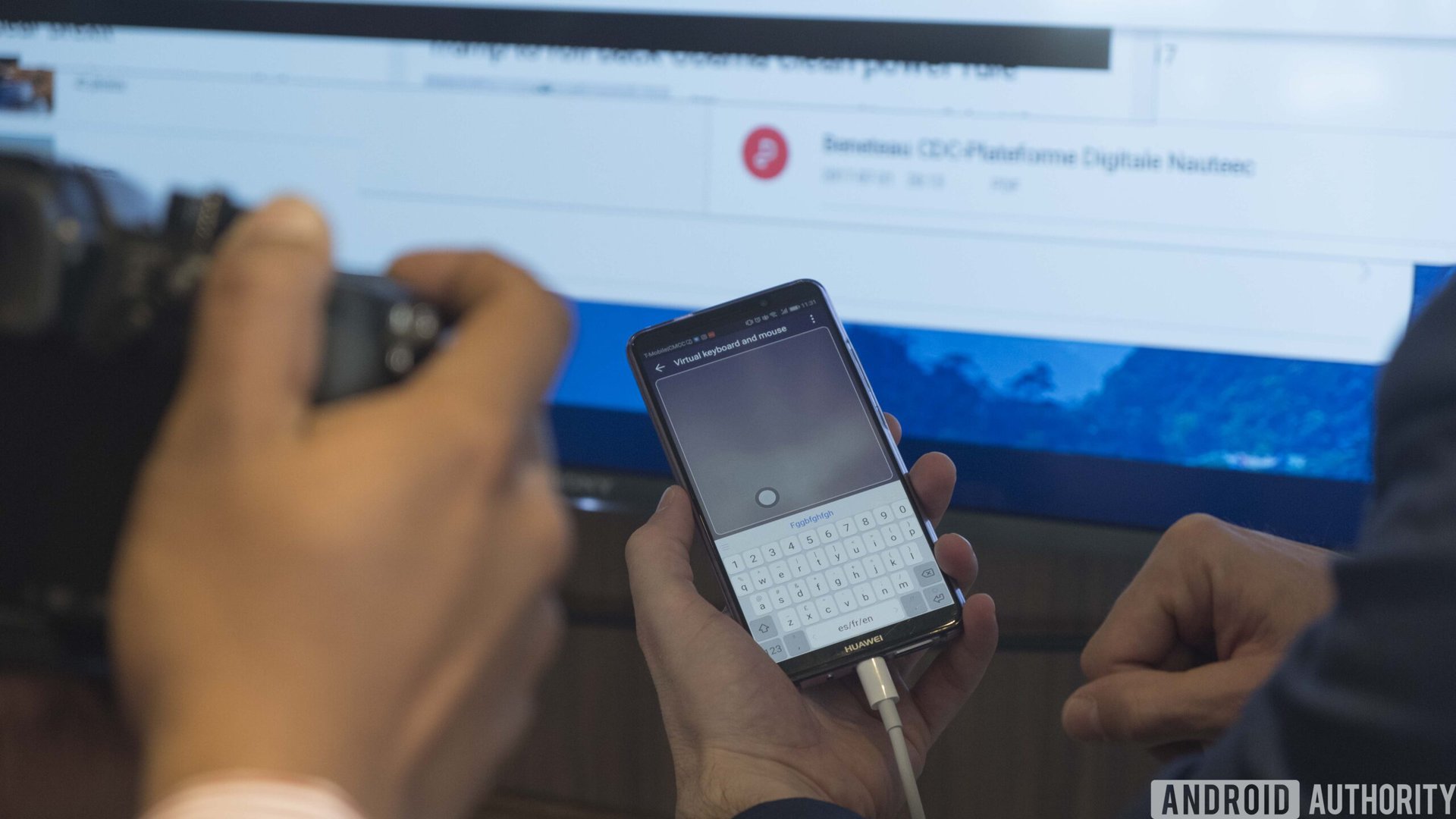
HUAWEI attempts to appeal to business users with a Desktop mode
Mobility and true productivity from one device? That’s been a holy grail feature for a while now, with Canonical, Microsoft, and many others attempting to crack the code over the years. Most recently, Samsung brought us the DeX dock, transforming its 2017 Galaxy flagships into desktop machines.
HUAWEI takes a stab at the desktop mode strategy, but does it a bit differently. HUAWEI doesn’t try to sell its users a dock, instead it allows you to hook up your phone using a USB-C to HDMI cable. Once you’re hooked up, you can either extend your phone’s display onto a monitor, or completely mirror it.
The lack of a dock means you won’t be able to use accessories with full-sized USB ports, but support for dual Bluetooth connections means you can always hook up a keyboard/mouse. You also have the ability to use the phone as a virtual keyboard/mouse. As you’d expect, EMUI’s desktop mode looks a bit different from its smaller screen version, though the company doesn’t seem to have many apps or experiences baked up for desktop mode just yet.
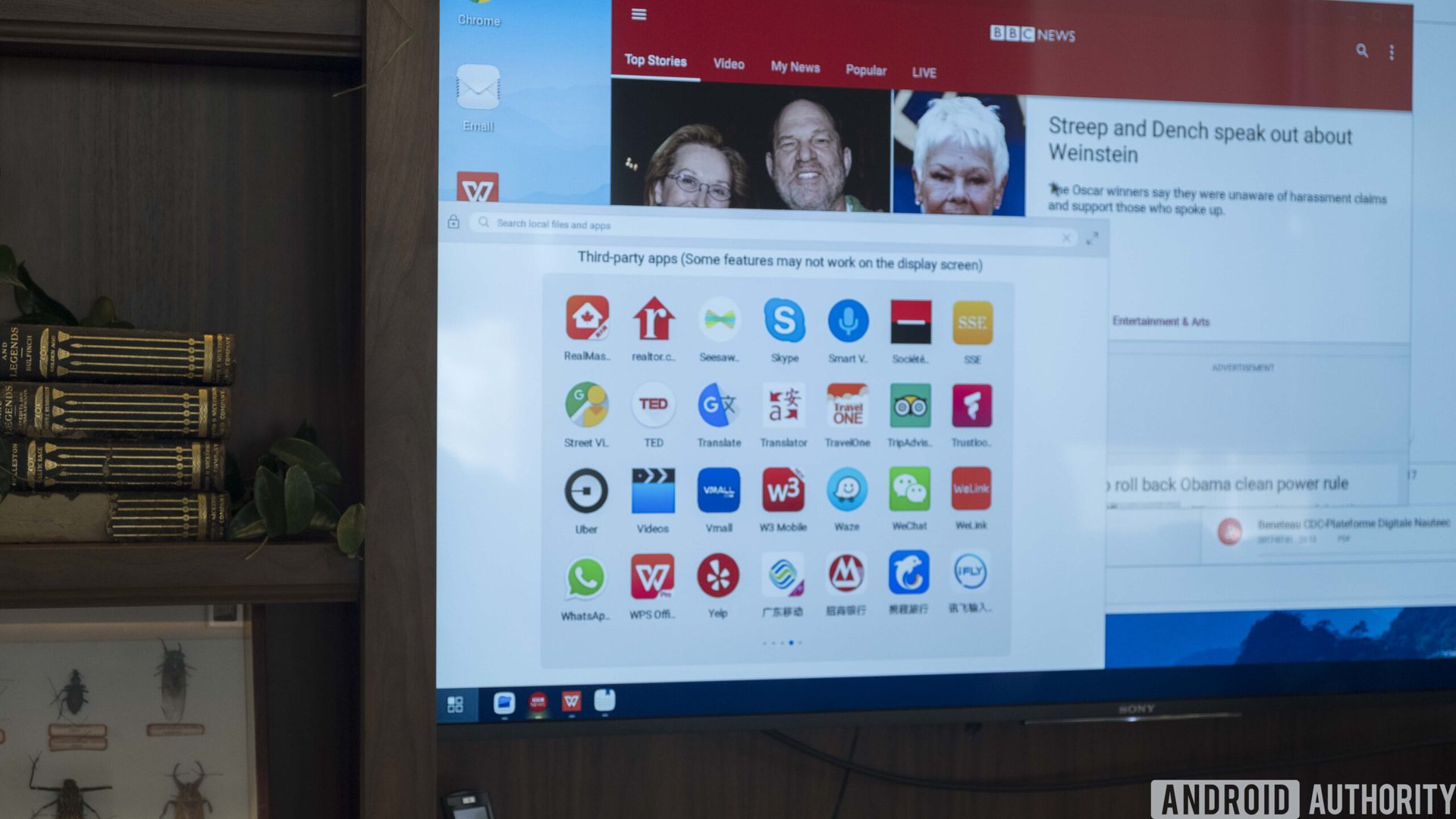
EMUI jumps from 5.1 all the way to 8.0, but the changes aren’t as big as that might imply
EMUI has jumped all the way to version 8.0, bringing some new AI tricks and a desktop mode. Beyond that? The experience actually doesn’t look or feel much different from EMUI 5.1 on the surface.
For those with the HUAWEI Mate 10 Pro or Porsche Design, you’ll also notice that HUAWEI is bringing an optional floating dock that does all the things physical or on-screen navigation keys typically do – going home, back, or pulling up recent apps. For those that would rather keep on-screen navigation keys at the bottom? That’s still an option as well.
If you wonder why this is called EMUI 8, HUAWEI says they believe this is a big change from past versions under the hood, thanks to the new AI-first focus. Another obvious reason is that EMUI 8 is based on Android 8.0 Oreo, so this small change in numbering means that EMUI and Android versions are now better aligned.
New Mate 10 accessories
HUAWEI has three new accessories that will launch alongside the Mate 10 series: the EnVizion 360 Camera, SuperCharge Power Bank, and Smart Scale.
The EnVizion shoots 5k photos, 360-degree 2K videos, and has multiple viewing modes for sharing across your favorite social media platforms.
Next we have the Supercharge, a power bank that supports 4.5V/5A low-volt fast charging. No further details on capacity or pricing, though it’s possible they will offer a few sizes.
Lastly there’s the Smart Scale. This special scale can analyze body fat percentages, body mass index, and more through a companion app. It’s a bit of a random accessory and, with competing options from Fitbit and others, we’re not sure how well it will do commercially. Still, at least HUAWEI is attempting to break into new avenues with its official accessories.
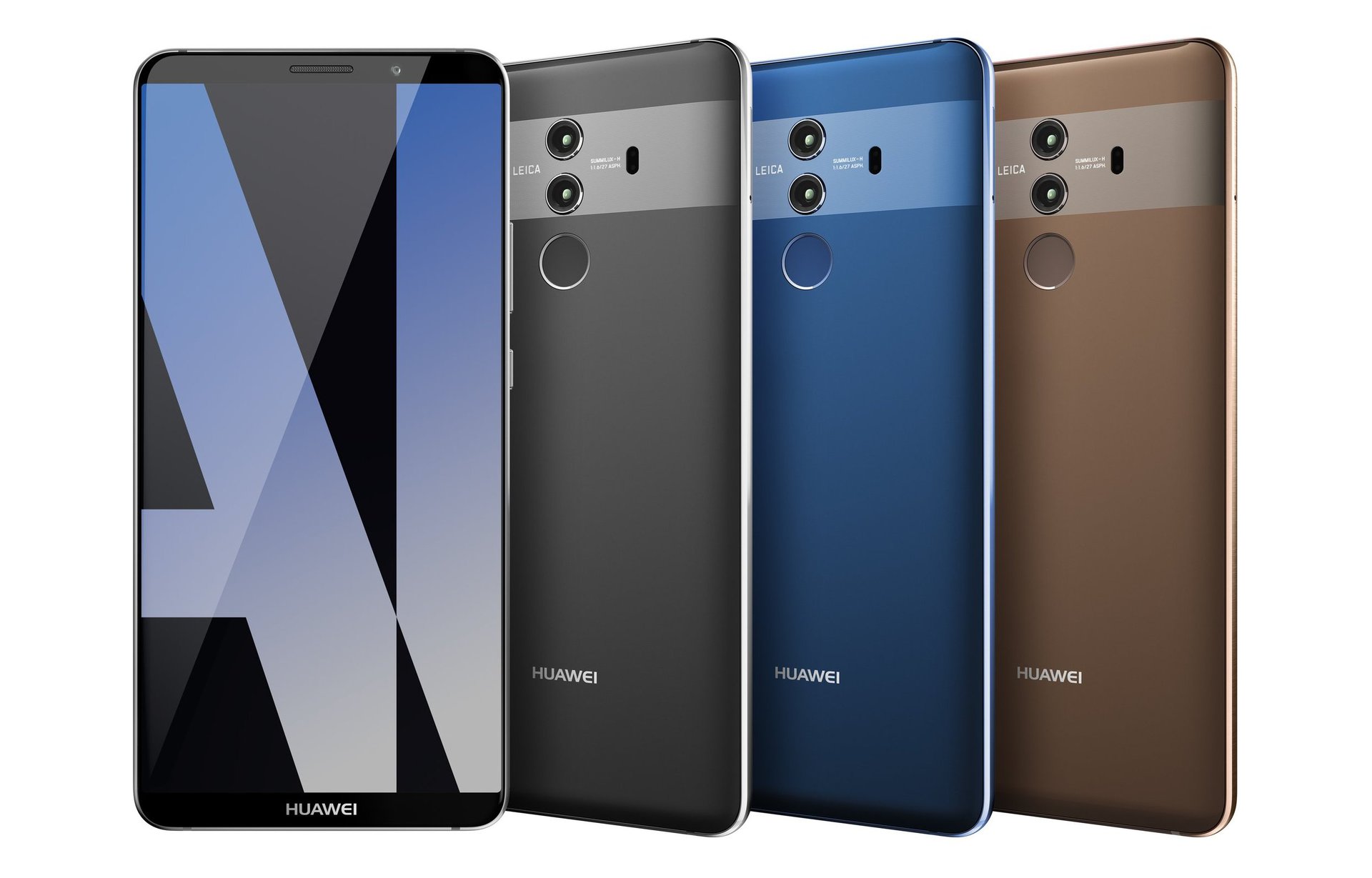
Its coming in several colors, coming as soon as this month
The HUAWEI Mate 10 will be offered in black, mocha brown, champagne gold, and pink gold. Meanwhile, the Pro has Midnight Blue, Mocha Brown, Titan Gray, and Pink Gold options. Porsche Design fans get just one choice in the form of Diamond Black.
The Mate 10 will be released in late October in Australia, China, Egypt, Malaysia, Mexico, New Zealand, Philippines, Saudi Arabia, Singapore, Spain, and UAE. The 10 Pro will go on sale a bit later in mid-November in more than two dozen countries, including France, Germany, Italy, Japan, Poland, Thailand, and the UK. As for the Porsche Design variant? It’ll arrive alongside the Pro in countries including China, France, Germany, Egypt, Italy, Malaysia, Saudi Arabia, Spain, Switzerland and South Africa. No word on US plans for any of the models just yet.
The HUAWEI Mate 10 will cost €699 (around $825), while the Mate 10 Pro will go up to €799 ($945). The Porsche Design model to be quite a bit steeper, at €1395.
Further HUAWEI Mate 10 coverage from Team AA
Want to learn more about the HUAWEI Mate 10 family? We’ll be sure to add links to our hands on coverage and more as it hits.
[aa_content_ad aa_single_ad_type=”single_mobile” aa_single_ad_pos=”center” ][/aa_content_ad]